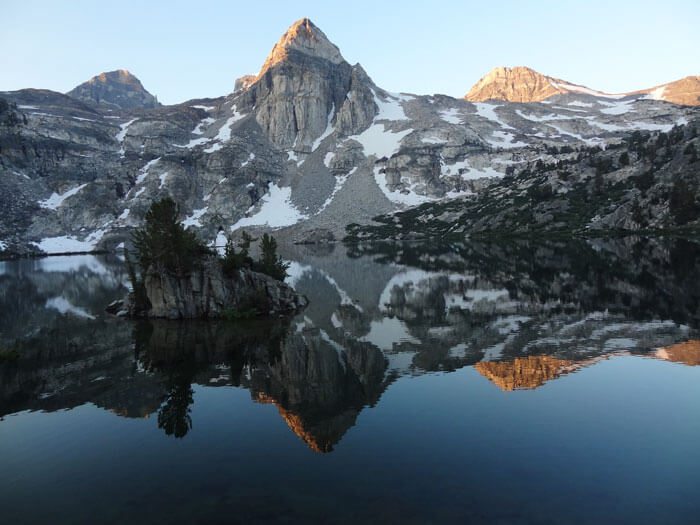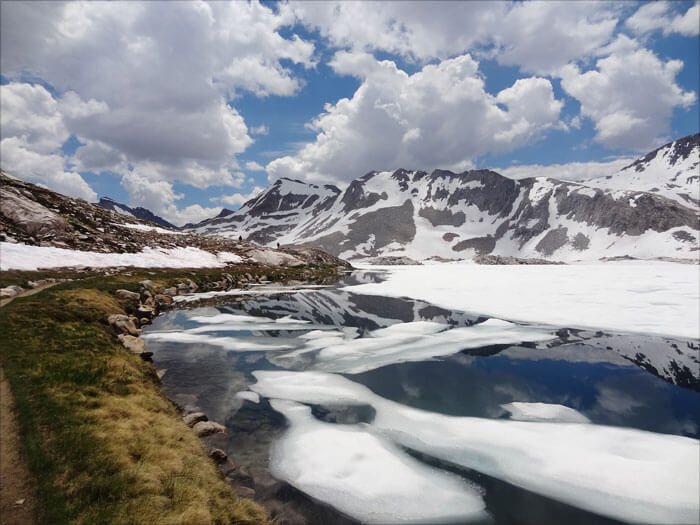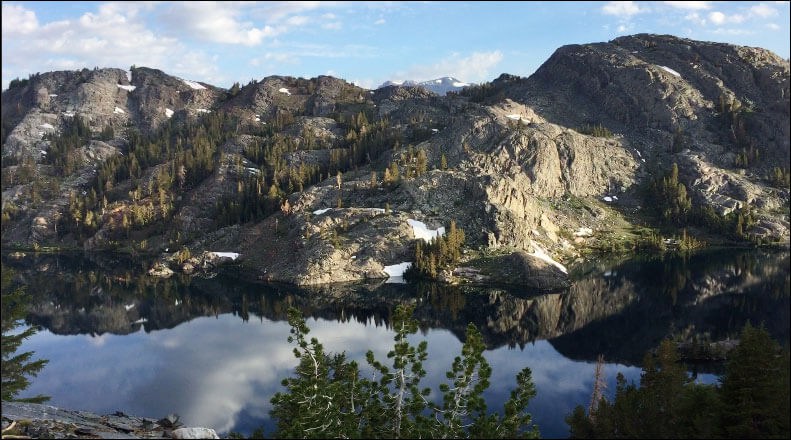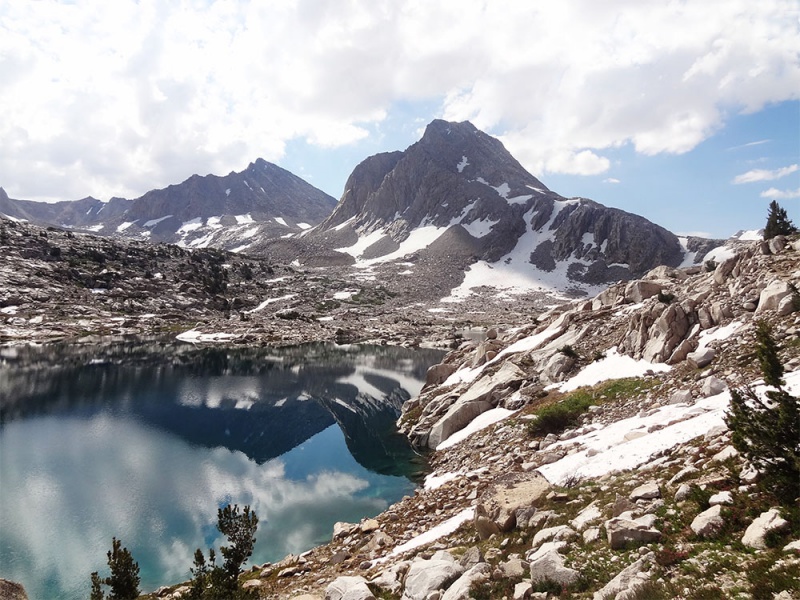John Muir Trail: 200 Miles Journey In The Wild
In: Trail Notes
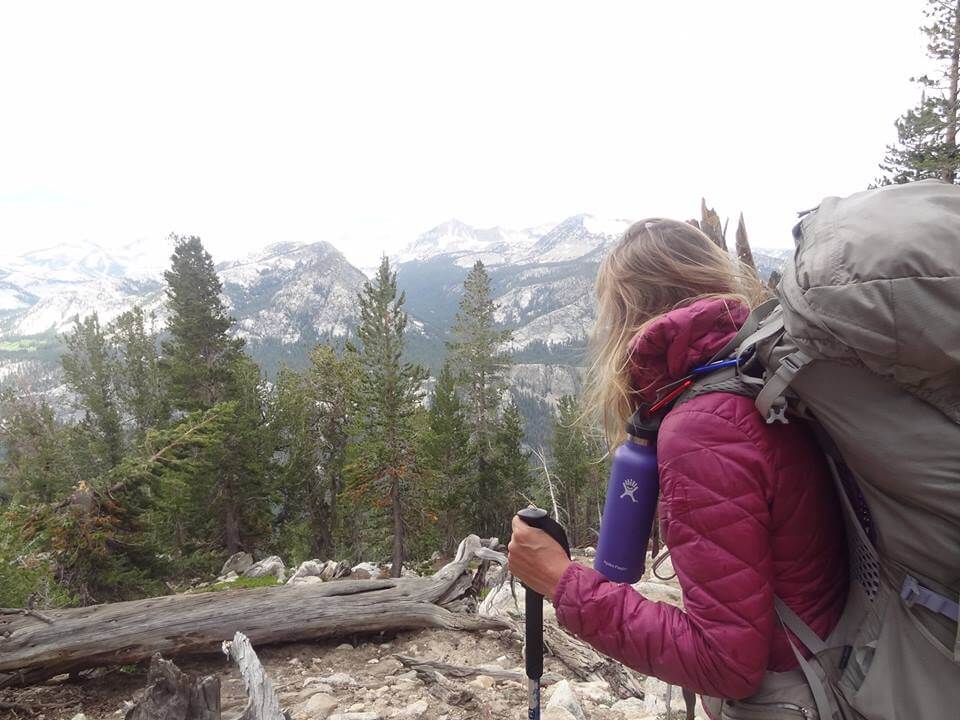
Things I have Learned About Hiking the John Muir Trail
On July 21, 2017, I embarked solo on a 200-mile journey to hike the John Muir Trail in the Sierra Nevada mountains that extends from Yosemite to Mt. Whitney — the tallest peak in the lower 48 states. It took me 2 days to prepare for my trip and 21 days total to complete my entire journey. I finished my trek on August 9, 2017. Hiking the John Muir Trail solo is a considerable undertaking. The JMT tests your stamina, mental toughness, and your attitude. Experiencing physical discomfort, blisters, skin rashes, walking for miles in rain, crossing difficult streams and feeling mentally exhausted on a daily basis is not easy and it is something I learned to let it go! Going through various passes including climbing Mt. Whitney did not make the trip any easier. For my level of ability it was difficult. As a whole, the trip made me stronger as a person. I am grateful for the experience!
4 Helpful Tips To Keep In Mind
1. Prepping your feet: Prepping your feet for long-distance hikes is extremely important. I strongly recommend sanitizing, moisturizing and massaging your feet in advance before starting on your JMT trek. Cetaphil Moisturizing Lotion is great for preventing the skin from forming into blisters. Sanitizer keeps skin free from developing any bacteria. A good foot massage can also help your feet feel better on the trail. Professional massages can be expensive or inconvenient. With just a little massage oil, you can relax your feet, stretch and soothe the muscles.
If you happen to already develop blisters while hiking, wash your feet gently with water. Drain the blisters gently with a sanitized needle. Apply a Band-Aid or a donut-shaped moleskin pad. Finally, cover it with Leukotape. To prevent blister formation, check for hot spots formation every night prior to going to bed. Wash your socks daily (inside and out; no soap) to prevent grit and organic matter from abrading your skin. At least once a day, I take off my shoes and socks to let my feet air out. And at night I put on a clean dry, and warm pair of socks, which helps my feet recover overnight so they withstand another day of abuse.
2. Carry a Motrin (Ibuprofen). Taking Motrin (Ibuprofen) every night with my dinner helped incredibly with relieving pain in my joints and muscles. It also helps with preventing altitude sickness. I strongly recommend taking it with you. It does wonders for the body after a hard day on the trail.
3. Altitude Sickness Prevention: Drinking plenty of water, acclimation and a diet rich in carbohydrates help me greatly with preventing altitude sickness. I strongly encourage to eat foods high in carbohydrates, even if you are not hungry. This is important because when there is less oxygen, our bodies use up glycolysis (carbohydrate storage) for energy at a faster rate. When you deplete those stores, you will have less energy and move slowly. Scrap the protein because a high-carb diet also requires less oxygen for metabolism and digestion. Whole grain pasta, brown rice, cereal, and bread are all excellent sources of high carbohydrate food.
4. Team up With Someone: Teaming up with someone on the John Muir Trail is something I often do when hiking solo. It is more for safety reasons than anything else. If you are hiking solo, I strongly encourage to find someone who is walking at your pace and your level of ability. I had the opportunity to share the trail with many wonderful JMT and PCT hikers. With some of them, I hiked over 100 miles. The friendship you develop along the way are absolutely invaluable and a treasure to keep.
you might also like
-
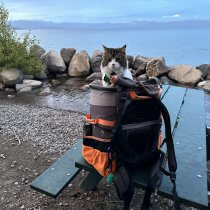
Camping with cats in Lake Tahoe
May 25, 2024
-
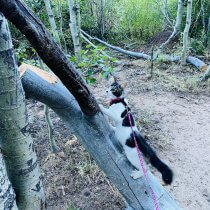
Sunrise Hike at Spooner Lake
September 3, 2022
-
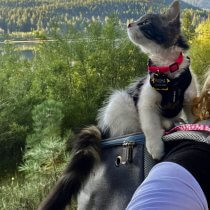
Hiking with Pasha
August 26, 2022
